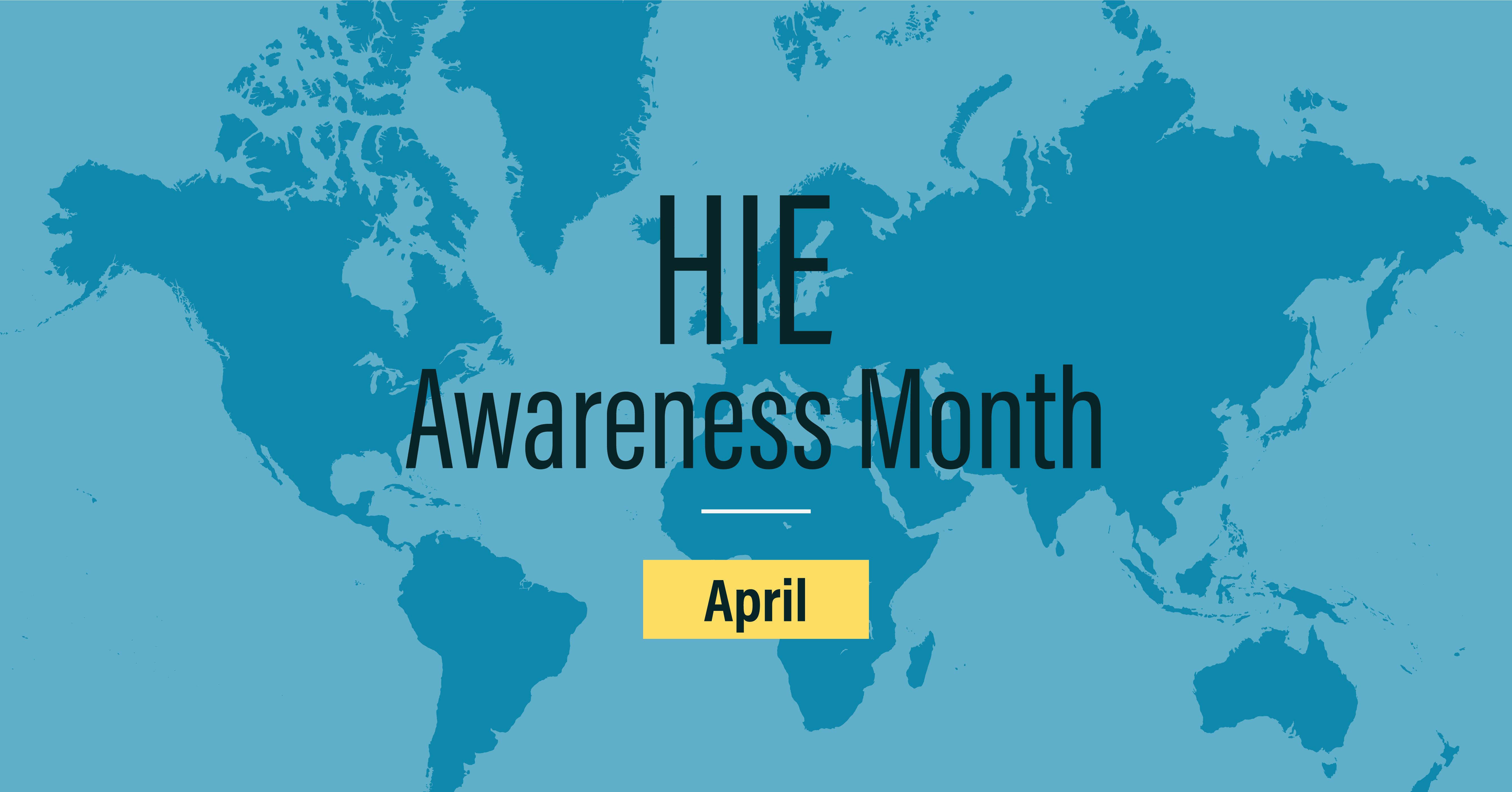Pegtarazimod data confirms inflammation biomarkers in hypoxic ischemic encephalopathy infants
In addition, data presented at PAS revealed a predictable pharmacokinetic profile in the newborn population, consistent with adult humans.
Pegtarazimod data confirms inflammation biomarkers in hypoxic ischemic encephalopathy infants | Image Credit: © Carl - © Carl - stock.adobe.com.

On April 25, 2025, ReAlta Life Sciences announced new clinical and pharmacokinetic data to be presented at the Pediatric Academic Societies (PAS) Annual Meeting in Honolulu, Hawaii, supporting the role of pegtarazimod (RLS-0071) in the treatment of moderate-to-severe hypoxic ischemic encephalopathy (HIE).1
Inflammatory biomarkers confirm MPO pathway activation in HIE
Findings from the ongoing STAR trial (NCT05778188) provided the first human data validating key inflammatory pathways previously identified only in animal models of HIE. In a poster titled "Early Granulocyte Inflammatory Biomarkers in Newborn Babies with Moderate or Severe Hypoxic Ischemic Encephalopathy," researchers reported significant elevation of plasma myeloperoxidase (MPO), cell-free DNA, and neutrophil elastase (NE) in infants with HIE.2
Among 19 newborns with a mean gestational age of 38 weeks, MPO levels in moderate HIE cases were 6.7 times higher than healthy adult controls (P = .003). Infants with severe HIE had MPO levels 3.8 times higher than those with moderate HIE. Cell-free DNA, a marker for extracellular trap formation, was 60% higher in moderate HIE cases compared to controls, and 7.9 times higher in severe vs moderate HIE. NE followed a similar trend, with a 6.5-fold increase in moderate HIE and 4.0 times higher levels in severe cases.
“These biomarker findings represent a significant advancement in our understanding of the inflammatory pathways driving HIE in humans,” said Kenji M. Cunnion, MD, MPH, Chief Medical Officer at ReAlta. “This is the first clinical evidence linking MPO-driven mechanisms in HIE, validating a key component of the disease process."1
Early PK results support use of pegtarazimod in neonates
A second PAS poster, "Pharmacokinetics of RLS-0071, a Novel Anti-Inflammatory Peptide, in Newborns With Moderate or Severe Hypoxic Ischemic Encephalopathy," detailed pharmacokinetic data from the first dosing cohort in the STAR trial. Ten neonates (8 with moderate HIE, 2 with severe) received 3 mg/kg of [pegtarazimod] IV every 8 hours for 10 doses.Plasma samples were processed to isolate the peptide prior to measurement by LC/MS.3
The resulting PK curves followed a bi-exponential distribution and were similar to adult human data at a 2 mg/kg dose. No drug accumulation was observed. Simulations using neonatal models predicted that 30% of infants at the 3 mg/kg dose would reach the target Cmax (17 mcg/mL) associated with optimal efficacy in animal studies. Concentrations remained within previously established safety limits, and modeling accounted for reduced clearance due to organ immaturity and therapeutic hypothermia.
“The data being presented at PAS advance both our understanding of the disease and the strong potential of pegtarazimod in treating newborns with HIE,” said Paolo Martini, PhD, chief research & development officer at ReAlta in a statement. “We are encouraged by the consistency of the pharmacokinetics and the emerging biomarker data."1
Pegtarazimod, a dual-targeted approach to reperfusion injury
Pegtarazimod is a 15-amino-acid peptide that targets both humoral and cellular components of reperfusion injury in HIE. It works by inhibiting complement activation at C1, MPO activity, and the formation of neutrophil extracellular traps—3 mechanisms shown to contribute to brain injury in the neonatal period. The STAR trial is being conducted across 13 US NICUs and includes dose escalation and placebo-controlled cohorts.1 According to the investigators, data analysis among higher dosing cohorts is planned.3
Conclusion
Data presented at PAS 2025 underscore the mechanistic validity and early clinical potential of pegtarazimod in newborns with moderate or severe HIE. Elevated inflammatory biomarkers confirm that MPO-related pathways are active early in life, and early pharmacokinetic data show consistent, predictable drug behavior in neonates. Together, these findings support continued development of pegtarazimod as a potential adjunctive treatment in a space where therapeutic hypothermia remains the only standard of care.1-3
For more PAS coverage, click here.
References:
1. ReAlta Life Sciences announces new clinical data for RLS-0071 (pegtarazimod) from hypoxic ischemic encephalopathy program at Pediatric Academic Societies 2025 meeting. ReAlta Life Sciences. Press release. April 25, 2025. Accessed April 25, 2025. https://realtalifesciences.com/news/realta-life-sciences-announces-new-clinical-data-for-rls-0071-pegtarazimod-from-hypoxic-ischemic-encephalopathy-program-at-pediatric-academic-societies-2025-meeting/
2. Vesoulis ZA, Goss JM, Cunnion K. Early Granulocyte Inflammatory Biomarkers in Newborn Babies with Moderate or Severe Hypoxic Ischemic Encephalopathy. Poster abstract. Presented at: Pediatric Academic Societies 2025 Meeting; April 24-28, 2025. Honolulu, Hawaii.
3. Vesoulis ZA, Cunnion K, Krishna NK. Pharmacokinetics of RLS-0071, a Novel Anti-Inflammatory Peptide, in Newborns With Moderate or Severe Hypoxic Ischemic Encephalopathy. Poster abstract. Presented at: Pediatric Academic Societies 2025 Meeting; April 24-28, 2025. Honolulu, Hawaii.